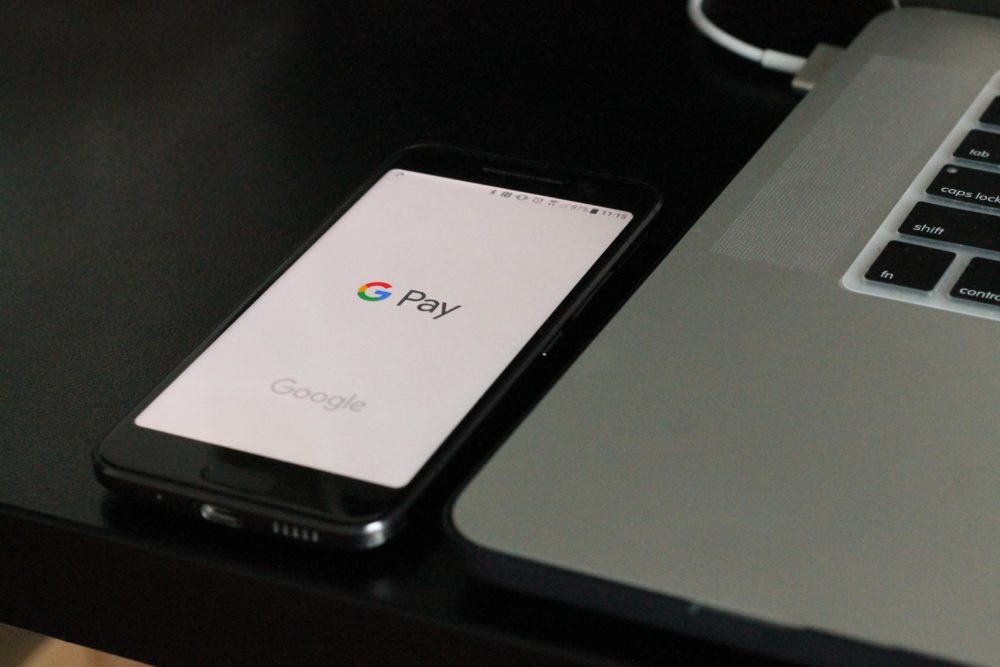
The payments ecosystem is undergoing massive changes as the industry adapts to the digital disruption. This resulted in total global revenue for payments growing by 6% to $1.9 trillion in 2018. China alone contributed $605 billion to the global payments revenue and has grown at a CAGR of 10%. This not only surpasses the US by more than $100 billion, but also represents two-thirds of overall APAC revenue.
Increase in mobile payments
There has been an overwhelming increase in mobile payments across the globe, propelled by an increasing number of digital challenger banks, digital mobile wallets, as well as an increase in merchant and retailer acceptance for these alternative payment methods. In China, for example, McKinsey reports that mobile payment transactions in the country grew at a CAGR of 123% from 2013 to 2018, driven by players such as Alipay and WeChat Pay who dominate the mobile wallets ecosystem. The People’s Bank of China estimated that more than 300 billion mobile payment transactions took place in 2018 alone.
A cashless future seems to be on the horizon as digital banks across the globe offer their customers to transact via mobile apps, even offering virtual debit cards for secure transactions. But it doesn’t stop there — voice-activated payments are swiftly gaining traction in the UK and mainland Europe. According to Paysafe, 57% of UK shoppers agreed that they would use technology such as Amazon’s Alexa to buy low-value products and services. In fact, one in eleven people have already used voice to confirm their identity while making a purchase.
Changes in the retail payment sector
When it comes to global payments industry revenue, retail payments amounted to at $1.02 trillion and corporate payments amounted to $930 billion. Western Europe accounts for almost 70% of EMEA payments, out of which commercial payments were 52% of the total revenue. In contrast, Latin America saw a growth in the retail payments sector (63% share).
Across the globe, consumer-initiated retail payments will see debit card transactions rise faster than credit card ones, with nearly half of all global debit card spending happening in China alone. In the UK, debit card payments amounted to 40% of all transactions in 2018.
The rising momentum of the retail payments sector has also given birth to several new fintechs offering Payments as a Service (PaaS). There is continuous innovation when offering new and improved payment solutions for consumers among these payment service providers. For instance, Marqeta, recently valued at $1.8 billion, offers a card-issuing platform for banks, allowing clients to use virtual cards as well as a digital-wallet proposition for its customers.
Read more about challenges with online payments and the rise in global payments M&A.
Digital payments will be undergoing several changes in the next few years. From cash to card to mobile, the payments ecosystem is expected to weather through new innovative forms of payment solutions.
An example of this can be seen in Sweden, as nearly 4,000 Swedes have microchips implanted in their hands, allowing them to make cashless payments by waving their palms over the payment terminal. Sweden is on track to become a fully cashless society by 2023, and emerging markets such as China and India are set to witness unprecedented growth in payments due to the rise of mobile and card payments.
At Penser, we are experts in the field of digital payments and fintech. We have assisted financial institutions across the globe in their digital transformation journeys as well as guided investments by offering strategic planning and due diligence services.
